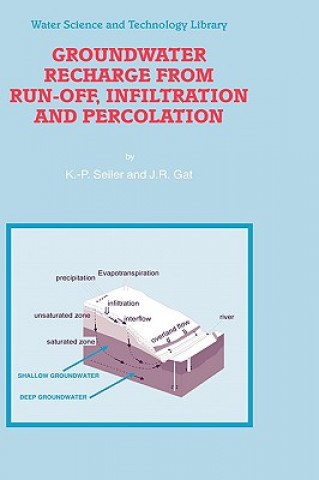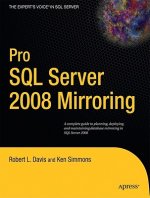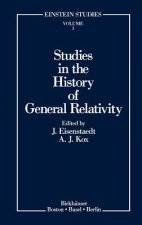
Delivery
Shopping guide





Doesn't suit? No problem! You can return within 30 days
 Gift voucher
any value
Gift voucher
any value
You won't go wrong with a gift voucher. The gift recipient can choose anything from our offer.
Groundwater Recharge from Run-off, Infiltration and Percolation
 English
English
 488 b
488 b
 Delivery to Austria
Delivery to Austria
30-day return policy
You might also be interested in


Groundwater constitutes the most important reservoir of available clean water. Due to its overexploitation, some anthropogenic mismanagement on the surface and the overloading of the cleanup potential of subsurface, many of the groundwater systems used for water supply are in jeopardy. The problem is very severe in dry-lands, but also in urban, industrial, agricultural and traffic areas. §This book first addresses the recharge fluxes relating both to the quantity and quality of groundwater. In order to face the threats to the water supply and to be able to maintain a sustainable water management policy, detailed knowledge is needed on the surface-to-subsurface transformation link in the water cycle. Secondly, a comparison of both the traditional and modern approaches to determine groundwater recharge is presented. The traditional approach to determine groundwater recharge is based on water balance estimates and hydraulic considerations, which yield instantaneous values at best but do not integrate the totality of recharge pathways in time and space. In contrast, environmental tracers integrate these factors. Finally, the fate of groundwater recharge in the subsurface by hydraulic and geologic means is explained in detail, in order to stimulate adapted groundwater-management strategies and to better assess consequences of climate changes on groundwater resources as a whole.To face the threats to the water supply and to maintain sustainable water management policies, detailed knowledge is needed on the surface-to-subsurface transformation link in the water cycle. Recharge flux is covered in this book as well as many other groundwater issues, including a comparison of the traditional and modern approaches to determine groundwater recharge. The authors also explain in detail the fate of groundwater recharge in the subsurface by hydraulic and geologic means, in order to stimulate adapted groundwater-management strategies.Groundwater constitute the most important reservoir of available clean water. Due to its overexploitation, some anthropogenic mismanagement on the surface and the overloading of the cleanup potential of subsurface, many of the groundwater systems used for water supply are in jeopardy. The problem is very severe in dry-lands, but also in urban, industrial, agricultural and traffic areas. §This book first discusses the recharge fluxes relating both to the quantity and quality of groundwater. In order to face the threats to the water supply and to be able to maintain a sustainable water management policy, detailed knowledge is needed in between others on the surface to subsurface transformation link in the water cycle. Secondly, the presentation and comparison of both the traditional and modern approach to determine groundwater recharge is discussed. The traditional approach to determine groundwater recharge, is based on water balance estimates and hydraulic considerations, which yield instantaneous values at best but do not integrate the totality of recharge pathways in time and space. In contrast, environmental tracers do integrate these factors. Finally, the fate of groundwater recharge in the subsurface by hydraulic and geologic means is discussed in detail, in order to stimulate adapted groundwater management strategies and to better assess consequences of climate changes on groundwater resources as a whole. §Audience§This book will be of interest to hydrologists, hydro-geologists, engineers, geographers, agronomists, soil scientists, groundwater modellers, environmental physicists, limnologists
About the book
 English
English
Categories


 Contact
Contact How to shop
How to shop

































